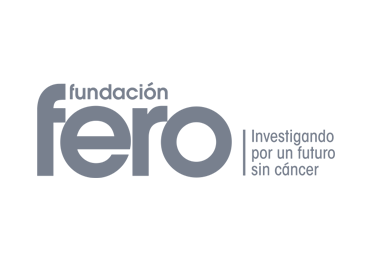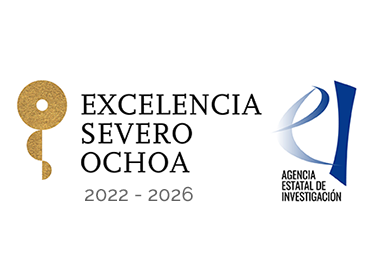

Annals of Oncology, the European Society for Medical Oncology´s (ESMO) flagship journal, has just published the results of a study led by SOLTI and first authored by Paolo Nuciforo, Principal Investigator of VHIO´s Molecular Oncology Group.
This study evaluated a new predictive model of pathological complete response (pCR) based on the presence of stromal tumour-infiltrating lymphocytes (TILs) and tumour cellularity in patients with early-stage HER2+ breast cancer who have been treated with dual anti-HER2 targeted therapy combining lapatinib and trastuzumab without chemotherapy.
Previously reported evidence has established the link between the presence of TILs and an increase in pCR – the absence of residual invasive cancer in the breast post neoadjuvant therapy – in early-stage HER2-positive breast cancer treated with anti-HER2 chemotherapy (chemotherapy and trastuzumab), which is the standard therapy in these cases. Until now, no association of TILs with pCR after the administration of neoadjuvant anti-HER2 treatment without chemotherapy has been described.
Research performed in this translational sub-study of the PAMELA trial (NCT01973660), also led by SOLTI, entitled A predictive model of pathological response based on tumor cellularity and tumor-infiltrating lymphocytes (CelTIL) in HER2-positive breast cancer treated with chemo-free dual HER2 blockade, sought to address this question by establishing the role of the tumour microenvironment in HER2-positive disease, with specific focus on response to anit-HER2 therapies. These latest results suggest that, “changes in TILs during treatment could be linked to the disappearance of tumors in the early stages of HER2-positive disease”, observes Paolo Nuciforo.
Samples from the abovementioned PAMELA trial were analysed to assess whether patients with HER2-enriched HER2+ breast cancer would better respond to targeted therapy without chemotherapy. Patient samples from the LPT109096 trial (NCT00524303), also evaluating the combination of lapatinib and trastuzumab in neoadjuvant therapy, were also considered, but in this case chemotherapy was added after 15 days´ treatment.
The percentage of TILs and tumour cellularity was analysed based on 148 baseline samples from the PAMELA study, obtained before the start of treatment with dual anti-HER2 blockade, and 134 tumour samples after the two weeks´ treatment. The results were validated with 65 samples after 15 days´ treatment in the LPT109096 trial. “In each of the tumours we could evaluate the percentage of immunological infiltration and we observed that, in the baseline sample, the tumours with a high presence of TILs were most likely to respond to treatment”, he adds.
According to Aleix Prat, coordinator of SOLTI’s Scientific Committee, head of the Oncology Department of Hospital Clínic of Barcelona and the senior author of this study, the most relevant finding was observed in the sample obtained in the biopsy performed on patients after 15 days´ treatment. “Some tumours that did not present TILs prior to receiving anti-HER2 therapy without chemotherapy, did contain TILs after two weeks”, observes Aleix, suggesting that the treatment had triggered lymphocyte infiltration. He continues, “these are important observations that could help us to predict in which patients tumours are likely to disappear after receiving the therapy.”
“At this point we decided to combine the immunological infiltration data with the percentage of tumour cells. We observed that tumour cellularity diminished after two weeks of treatment which indicated a better response and a higher proportion of normal breast tissue. We considered both variables as a single response index, the CelTIL combined score”, explains Paolo.
A high CelTIL value (greater than the established cut off point of 53.59) at day 15 was associated with a higher pCR. In the PAMELA study samples, it was observed that patients with a low CelTIL index had a 0% pCR rate, whereas patients with a high CelTIL value had a pCR rate of 33%.
This SOLTI-led sub-study was implemented by VHIO, where the CelTIL analysis was also performed. The Hospital Clínic of Barcelona was responsible for data analysis and the creation of the test, and the Ramón y Cajal University Hospital devised and supervised the project. The results open avenues for future clinical trials that might consider the predictive value of CelTIL in tumour biopsy at two weeks towards better guiding treatment decisions.
Although further research will be required to reinforce this hypothesis, Javier Cortés, Chief of the Breast Cancer Service at the Ramón y Cajal University Hospital, Madrid, SOLTI member and Principal Investigator of the study comments, “this study shows that we are getting closer and closer to identifying patients with HER2+ breast cancer who can be cured with targeted therapy without the need for chemotherapy”.
Various trials are currently underway aimed at achieving this collective goal and, as Aleix concludes, “We will only deliver on the true promise of precision medicine in oncology by continuing to invest in our research and developing these clinical studies”.
###









